Design and development of a novel omni-directional platform
Abstract
This thesis presents the design and development of a unique omni-directional platform
known as the Omnibot which was built in the Mechatronic and Robotic Systems
Laboratory at UOIT. The Omnibot's layout is novel because its drive axes do not
intersect with the geometric center of the body, which is typical for omni-directional
platforms using segmented omni-directional wheels. This design enables the center of
mass to be lower in the design and increases the stability. A suspension system was
designed for each of the four wheels to limit vibrations and to ensure contact between
the wheels and operating surface. The Omnibot was built to modularly support many
systems, including a robot arm, without altering the mechanical design of the frame.
Two control modes were developed: local and global. Commands to drive the Omnibot
can be received from either a joystick that can be directly interfaced with the
controller or with commands that are sent from other systems that are either on or o
of the Omnibot. Both control modes require encoder feedback to ensure commanded
velocities are being executed as specified. Global control requires feedback from an
indoor localization system to determine the Omnibot's pose. Early implementation
of the localization system is discussed. An open source robotics software, known as
Robot Operating System (ROS) was selected for implementation of the Omnibot systems.
ROS serves as a middleware which allows components, such as the localization
system and remote desktop, to communicate with each other through a decoupled
messaging system. ROS is modular and
exible, allowing for easy adaptation of future
components. Test results of the Omnibot in operation are presented.

